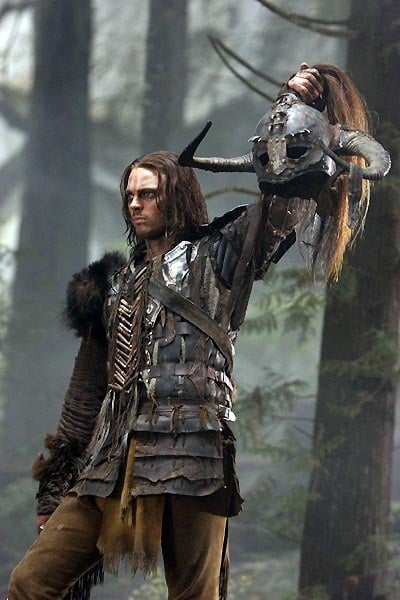

This is emphasised in the shot when he discovers the head and torso of a cyborg: the small screen with translucent data that he holds up to scan the cyborg provides the midpoint in a three stage depth set-up. As the film opens on mid-shots of Dr Ido amongst the debris of a massive junkyard underneath the sky city Zalem, there is carefully placed fore, mid and background depth. It’s within this framework that the stereoscopic effects push at the boundaries of visual imagery but are closely tethered to the narrative so that safe storytelling can take place. While Alita has one of the few female action hero leads of the last decade, and while the casting has been hailed as diverse, this is still Hollywood holding on to storytelling of the past: a heterosexual love story forms the core of the emotional entanglement beyond Alita women of colour are given bit parts in the form of a nurse and women-to-be-assaulted-at-night one token women is added to the gang of bounty hunter bad asses (no speaking role) the first significant man of colour to be seen, Vector, is (of course) the baddie. This is not entirely surprising considering director Robert Rodriguez and producers James Cameron and Jon Landau have a long history working in digital 3D.Īlita is also a film that shows Hollywood’s attempts to move forward in the area of representation whilst keeping a foot firmly in the safe narrative strategies that maintain box office appeal. What’s fascinating about Alita is that, for all its advanced visual effects, it closely follows a stereoscopic 3D formula established by Hollywood almost a decade ago. It’s almost 10 years since Avatar’s (2009) release, when I first became serious about studying 3D cinema. Alita: Battle Angel (2019) marks a type of anniversary for me. It’s almost like “300,” only in this case reduced to “3.It has been quite a while since I have written a post on 3D. They drain much color from the images, leaving a rugged, pristine landscape over which men in animal skins and battle gear rudely march, slicing off heads and crushing bodies. Pearl, stage much of the action in brooding forests of primeval darkness, fog and shadows.

Nispel and his cinematographer, Daniel C. But our boy has one last trick up his sleeve. Once he acknowledges that he speaks the Norse tongue, the cruel Viking leader (Clancy Brown) forces him to take them to the next village to slaughter. How he comes by his skills with a Norse sword is a mystery - must be in the DNA - but he is able to pick off the Vikings as they conveniently come at him one by one, then lays traps for larger numbers.Įventually, though, he is captured along with Pathfinder and Starfire. When his village is wiped out while he is away hunting, the white Indian falls in with another tribe, where he comes under the influence of a shaman named Pathfinder (Russell Means) and the arresting gaze of the man’s daughter Starfire (Moon Bloodgood). He gets to confront his demons when Norsemen return to the New World for more barbarous raids seeking land and slaves. New Zealand-born Karl Urban, who has played athletic men of action in two of “The Lord of the Rings” films, “The Bourne Supremacy” and “The Chronicles of Riddick,” is the haunted youth brought up in two different worlds, Viking and Indian, without feeling a part of either. Fox’s wide but underpromoted release doesn’t appear designed to seek out audiences beyond the obvious, which in this case may be wise.

This film from Marcus Nispel, a veteran video director and remaker of the cult classic “The Texas Chainsaw Massacre,” nicely balances action and adventure with American Indian wisdom and a modest romance to provide a graphic-comic-book movie experience for males in urban markets.


 0 kommentar(er)
0 kommentar(er)
